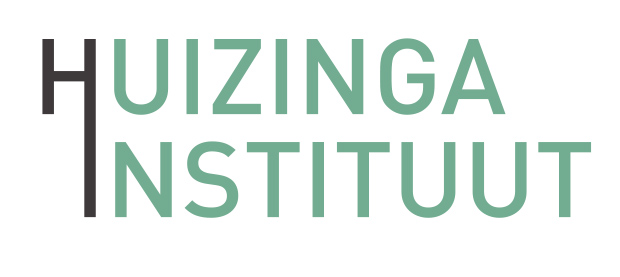In this Summer School we will discuss and research the connections between science and art in Rome from 1400-1900. As city of the pope, Rome has been an important religious and artistic center since the Middle Ages. It is less well known that Rome has also been a center of scientific research and the visualization thereof. This fact has been undervalued because of the traditional, but by now outdated, opposition between religion and science. Religion and science were by no means mutually exclusive, as the scientific activities of the Jesuits show. Therefore, this course will introduce Rome as a city of knowledge in its European and global contexts from 1400 until 1900. By looking specifically at the visual culture of science, participants will learn about the networks that brought together artists, collectors, and intellectuals, and how these actors and their ideas influenced the practice of science and its visualization.
Which functions did images, works of art, and collections have in the production and dissemination of scientific knowledge in (early) modern Rome? What was the role of prints and print culture? How did networks of scientists and artists aid the development of science? How did institutions like academies and religious orders promote (or hinder) the advancement of science and its visualization? On the basis of case studies and interdisciplinary approaches – e.g. historical, art historical, digital humanities – participants will answer such questions and delve into this understudied aspect of cultural history. The KNIR and the BHMPI will be the sites of the lectures and library research, but our main venue will be Rome itself. During the course we will visit a variety of sites in (and outside of) Rome (Accademia dei Lincei, Biblioteca Alessandrina, Santa Maria Maggiore, Museo di Storia della Medicina, Vatican Museums) and analyze many different sources (manuscripts, printed books, prints, paintings, sculptures, photographs, architecture) in order to understand the city from the perspective of science and art.
Staff
dr. Matthijs Jonker (KNIR) and Sietske Fransen, Ph.D. (BHMPI)
Target group and admission
The course is open to 6 RMA and PhD students who are a member of a Dutch National Research School (members of the Huizinga Institute have first access) and 6 international RMA and PhD students. The selection of PhD students is based on a motivation letter and a curriculum vitae. Students can apply via the link below. Include in your application:
– a letter of motivation
– a C.V.
– for RMA students: a recent list of grades officially provided by your university
Course format and assignments
Preparatory assignment, group assignment in Rome, individual presentation in Rome, final essay.
Credits and assessment
The study load is the equivalent of 5 ECTS (140 hours).
Costs
Tuition and lodging at the KNIR for selected participants is covered by the Huizinga Institute (for students from Dutch universities) and by the Bibliotheca Hertziana – Max Planck Institute for Art History (for international students). Personal expenses, including meals, are not included. Students can request a €175,00 reimbursement of their expenses for travelling to Rome after submission of their final essay. Students from Dutch universities can do this at the Huizinga Institute, international students at the Bibliotheca Hertziana.
Facilities in Rome
All participants will be housed at the Royal Netherlands Institute in Rome’s Villa Borghese Park. From there, it is only a short walk to the historical center of Rome. The KNIR accommodation consists of shared bedrooms/ bathrooms, and includes a living and dining space, a large kitchen, washing machine and wireless internet. All residents have 24/7 access to the library and gardens of the Royal Netherlands Institute.
Apply before
December 15, 2022. Please note that the decision of the selection committee is final and no correspondence will be entered into.
More info
E-mail: secretary@knir.it
Phone: (+39)063269621
This course is organized in collaboration with:




